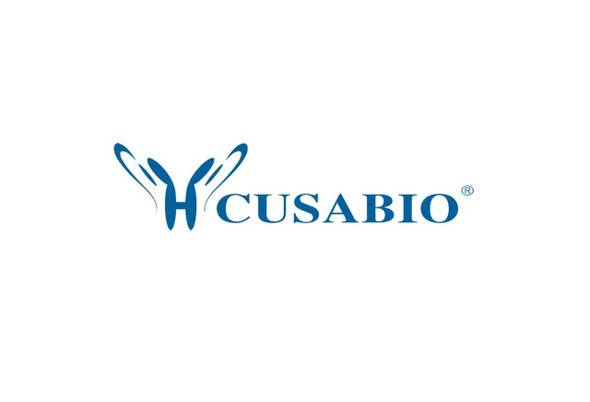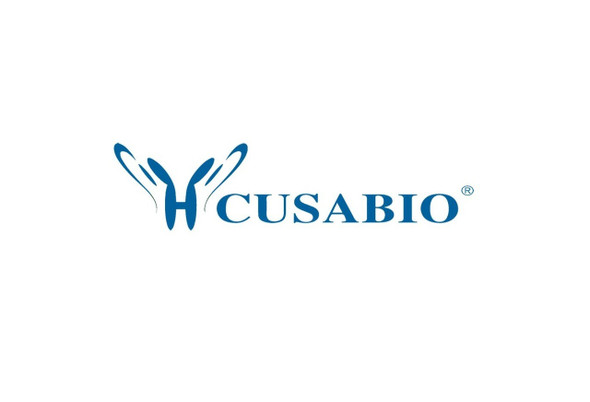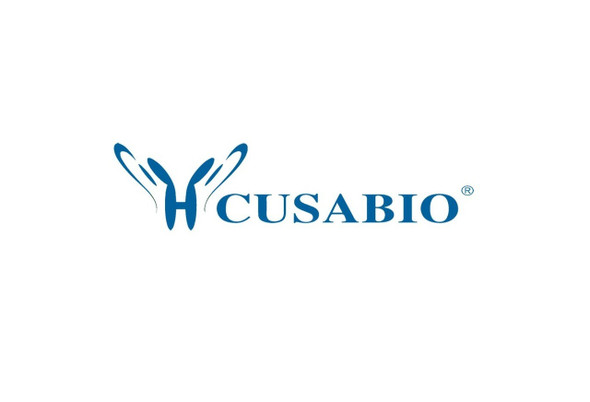Cusabio Mouse Recombinants
Recombinant Mouse Apolipoprotein E (Apoe) | CSB-BP001936MO
- SKU:
- CSB-BP001936MO
- Availability:
- 28 - 38 Working Days
Description
Recombinant Mouse Apolipoprotein E (Apoe) | CSB-BP001936MO | Cusabio
Alternative Name(s): Apo-E
Gene Names: Apoe
Research Areas: Cardiovascular
Organism: Mus musculus (Mouse)
AA Sequence: EGEPEVTDQLEWQSNQPWEQALNRFWDYLRWVQTLSDQVQEELQSSQVTQELTALMEDTMTEVKAYKKELEEQLGPVAEETRARLGKEVQAAQARLGADMEDLRNRLGQYRNEVHTMLGQSTEEIRARLSTHLRKMRKRLMRDAEDLQKRLAVYKAGAREGAERGVSAIRERLGPLVEQGRQRTANLGAGAAQPLRDRAQAFGDRIRGRLEEVGNQARDRLEEVREHMEEVRSKMEEQTQQIRLQAEIFQARLKGWFEPIVEDMHRQWANLMEKIQASVATNPIITPVAQENQ
Source: Baculovirus
Tag Info: N-terminal 10xHis-tagged and C-terminal Myc-tagged
Expression Region: 19-311aa
Sequence Info: Full Length of Mature Protein
MW: 37.9
Purity: Greater than 85% as determined by SDS-PAGE.
Relevance: APOE knockout mice display severe hypercholesterolemia associated with impaired clearance of dietary fats. Excess cholesterol is more particularly associated with the atherogenic very low and intermediate density lipoproteins in the plasma. These mice are therefore prone to atherosclerosis. Animals with a double knockout of APOE and CD36, fed a Western diet for 12 weeks, exhibit much lower levels of CXCL1, CXCL2 and CCL5 mRNA expression in the descending aorta and a corresponding decrease in atherosclerotic lesion formation, compared to APOE single knockout mice. Animals with a double knockout of APOE and TLR4 or TLR6 also have less aortic plaque formation than single knockout mice. All 3 double knockout show lower serum concentrations of IL1A, ILB and IL18.
Reference: "Mass spectral analysis of the apolipoproteins on mouse high density lipoproteins. Detection of post-translational modifications." Puppione D.L., Yam L.M., Bassilian S., Souda P., Castellani L.W., Schumaker V.N., Whitelegge J.P. Biochim. Biophys. Acta 1764:1363-1371(2006)
Storage: The shelf life is related to many factors, storage state, buffer ingredients, storage temperature and the stability of the protein itself. Generally, the shelf life of liquid form is 6 months at -20?/-80?. The shelf life of lyophilized form is 12 months at -20?/-80?.
Notes: Repeated freezing and thawing is not recommended. Store working aliquots at 4? for up to one week.
Function:
Involvement in disease:
Subcellular Location:
Protein Families:
Tissue Specificity:
Paythway:
Form: Liquid or Lyophilized powder
Buffer: If the delivery form is liquid, the default storage buffer is Tris/PBS-based buffer, 5%-50% glycerol. If the delivery form is lyophilized powder, the buffer before lyophilization is Tris/PBS-based buffer, 6% Trehalose, pH 8.0.
Reconstitution: We recommend that this vial be briefly centrifuged prior to opening to bring the contents to the bottom. Please reconstitute protein in deionized sterile water to a concentration of 0.1-1.0 mg/mL.We recommend to add 5-50% of glycerol (final concentration) and aliquot for long-term storage at -20?/-80?. Our default final concentration of glycerol is 50%. Customers could use it as reference.
Uniprot ID: P08226
HGNC Database Link: N/A
UniGene Database Link: N/A
KEGG Database Link: N/A
STRING Database Link: N/A
OMIM Database Link: N/A







